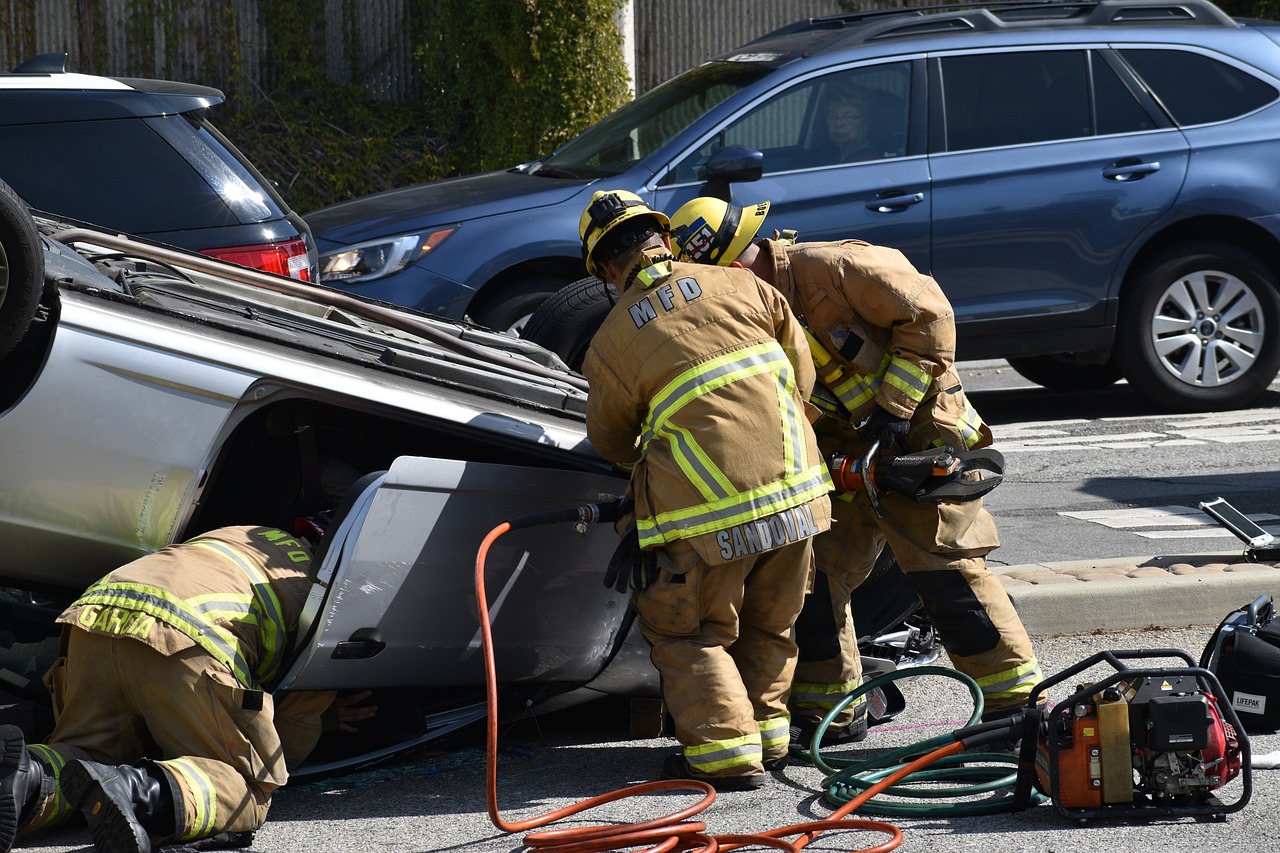Understanding Arizona’s fault-based car accident insurance system is crucial for all drivers in the state to file claims for personal injury lawsuits and bodily injury liability coverage. With a history dating back to the early 20th century, Arizona’s approach to car insurance emphasizes fault determination in accidents involving vehicles and injury, following a tort liability system in the state. This system impacts how compensation is awarded and insurance claims are processed after a collision on Arizona roads. Knowing the ins and outs of this system can help you navigate potential legal and financial challenges more effectively.
Arizona’s Fault-Based Insurance System
What Fault-Based Means
Fault-based insurance requires the responsible party to pay for damages incurred in an accident. Evidence and police reports determine fault. Being at fault means facing financial liability for injuries and damages.
Is Arizona A No-Fault State
Arizona follows a fault-based insurance system, not a no-fault one. In contrast to no-fault states, Arizona assigns responsibility to the party at fault. Negligent drivers in Arizona have legal consequences unlike those in no-fault states.
Impact On Drivers
Drivers in Arizona bear financial responsibility if they are at fault in an accident. At-fault drivers may experience increased insurance premiums. Adequate insurance coverage is crucial to protect against potential liabilities.
Determining Liability In Accidents
Police Role In Fault Assessment
Police officers play a crucial role at accident scenes by assessing the situation and documenting key details. They gather information from involved parties, witnesses, and physical evidence to determine the sequence of events leading to the accident. The police report generated after the investigation serves as a vital piece of evidence in establishing fault in car accidents.
- Police officers record observations about road conditions, weather, and any traffic violations.
- Their impartial assessment adds credibility to the investigation process.
Traffic citations issued by police officers can significantly impact liability decisions in car accidents. These citations serve as official documentation of traffic violations, which can be used to demonstrate negligence or fault on the part of a driver. In cases where citations are issued, they can influence insurance companies’ assessments of liability.
Evidence Gathering Techniques
Key types of evidence, such as photographs, skid marks, and damage patterns, are essential in determining fault in car accidents. These pieces of evidence provide visual representations of the accident scene and help investigators reconstruct the events leading up to the collision. Accident reconstruction specialists use this evidence to create detailed simulations that illustrate how the accident occurred.
- Photographs capture the physical evidence present at the scene.
- Eyewitness accounts offer first-hand perspectives on the incident.
Timely evidence collection is critical in supporting liability claims. Gathering evidence promptly ensures that crucial details are preserved before they can be altered or lost. By collecting evidence promptly, individuals involved in accidents can strengthen their claims and provide substantial proof of liability.
Role Of Witness Testimony
Witness statements serve as valuable sources of information in understanding the dynamics of an accident. Witnesses provide personal accounts of what they saw and heard during the incident, offering additional perspectives on how the accident unfolded. Their testimony can corroborate or challenge other evidence presented in a case.
- Witness credibility is assessed based on factors like perception, memory, and bias.
- Clear and unbiased witness accounts hold significant weight in court proceedings.
Understanding Comparative Negligence
Definition And Importance
Comparative negligence is a legal concept that influences how compensation is determined in car accidents. It allows for proportional compensation based on the degree of fault assigned to each party involved. This principle plays a crucial role in ensuring fair outcomes for all individuals affected by an accident.
In the context of Arizona’s fault-based car insurance system, understanding comparative negligence is vital. It ensures that each party receives compensation proportional to their level of fault. By considering the actions of all parties involved, this principle promotes fairness and equitable resolutions in accident cases.
How It Affects Compensation
Compensation amounts in car accidents are adjusted according to the percentage of fault assigned to each party. If a victim is found to share some degree of fault for the accident, their compensation may be reduced accordingly. This reduction is directly proportional to the victim’s level of responsibility for causing the accident.
Understanding one’s liability is crucial when seeking damages in an accident case. By acknowledging and accepting any contributory negligence, individuals can better navigate the legal process and potentially avoid disputes over compensation amounts. Being aware of one’s role in an accident can lead to more transparent negotiations and smoother resolution processes.
Examples Of Comparative Negligence
In a hypothetical scenario, consider a car accident where one driver ran a red light while another was speeding. If it is determined that both drivers were partially at fault—let’s say 60% and 40% respectively—the resulting compensation will reflect this distribution of fault. The driver who ran the red light may receive 60% of the total damages, while the speeding driver would be entitled to 40%.
Real-world cases further illustrate the application of comparative negligence in Arizona. For instance, a case where a pedestrian crossed the street outside a designated crosswalk might be deemed partially responsible for an accident involving a distracted driver. Such examples highlight how shared responsibility impacts compensation outcomes under comparative negligence laws.
Steps After A Car Accident
Proving Liability Effectively
To establish liability in a car accident case, gather comprehensive evidence such as witness statements and police reports. Legal representation is crucial in navigating liability disputes.
Actions To Avoid Post-Accident
Avoid admitting fault or making statements that could imply liability. Collect information from all parties involved and witnesses promptly. Contact law enforcement and insurance companies without delay.
Handling Fault Admission
Admitting fault at the scene of an accident can have serious implications. It’s crucial to remain calm and collected when discussing the incident. Consult with legal counsel before making any statements regarding fault.
Closing Thoughts
In navigating Arizona’s fault-based car accident insurance system, understanding liability and comparative negligence is crucial. Remember, determining fault impacts your claim and compensation. After an accident, take immediate steps to protect your rights and gather evidence. By grasping these concepts, you empower yourself in potential legal proceedings.
Always prioritize safety on the road, but if accidents happen, knowing your rights is key. Stay informed about Arizona’s laws to safeguard yourself in case of any unfortunate events. Your knowledge and quick actions can make a significant difference in the outcome of any insurance claim or legal dispute.
Frequently Asked Questions
1. What Is Arizona’s Fault-Based Insurance System?
Arizona follows a fault-based car insurance system, meaning the driver responsible for causing the accident is liable for the resulting damages. This system requires the at-fault driver’s insurance to cover the costs incurred by the other party involved in the accident.
2. How Is Liability Determined In Car Accidents In Arizona?
Liability in Arizona car accidents is determined based on negligence. The party found to be negligent or at fault for the accident is responsible for covering the damages. Factors such as traffic law violations and evidence from the scene are considered in determining liability.
3. What Is Comparative Negligence, And How Does It Apply In Arizona?
Comparative negligence means that each party involved in an accident can be assigned a percentage of fault based on their actions contributing to the incident. In Arizona, even if you are partially at fault, you can still recover damages proportionate to the other party’s liability.
4. What Steps Should I Take After A Car Accident In Arizona?
After a car accident in Arizona, ensure everyone is safe, exchange information with the other party, document the scene, notify law enforcement, and seek medical attention. Contact your insurance company promptly and consider consulting with an attorney to understand your rights and options.
Take Control Of Your Car Accident Insurance Claim With Phoenix Injury Attorneys
At Phoenix Injury Attorneys, we know how a car accident can turn your life upside down in an instant—especially when dealing with complicated insurance claims. But you don’t have to face it alone. We’re more than just lawyers; we’re your dedicated partners, committed to helping you navigate the tricky world of car accident insurance claims in Arizona and securing the compensation you deserve.
When you’re recovering from an accident, the last thing you need is to battle with insurance companies. That’s where we come in. With years of expertise in Arizona’s fault-based insurance system, we guide you step-by-step through the entire claim process, making sure your rights are protected. We don’t just fight for you; we stand beside you, helping you regain control and move forward with confidence.
Led by Khalil Chuck Saigh, a compassionate and tenacious advocate for accident victims, our team is relentless in pursuing the best possible outcome for your case. When you work with Phoenix Injury Attorneys, you’re not just getting a legal team—you’re getting a group of people who genuinely care about your recovery, both financially and emotionally. We understand how devastating a car accident can be, and we’re here to lift that burden off your shoulders.
From negotiating with insurance companies to navigating Arizona’s legal system, we’ll be your fierce advocates at every turn. Let us handle the insurance claim battles so you can focus on what truly matters—healing and rebuilding your life. Contact us today and let Phoenix Injury Attorneys transform your car accident claim into a path toward justice, closure, and financial security.
Disclaimer
The materials available on this website are for informational and entertainment purposes only and not to provide legal advice. You should contact your attorney to obtain advice concerning any particular issue or problem. You should not act or refrain from acting based on any content included in this site without seeking legal or other professional advice. The information presented on this website may not reflect the most current plumbing developments. No action should be taken in reliance on the information contained on this website and we disclaim all liability concerning actions taken or not taken based on any or all of the contents of this site to the fullest extent permitted by law.


